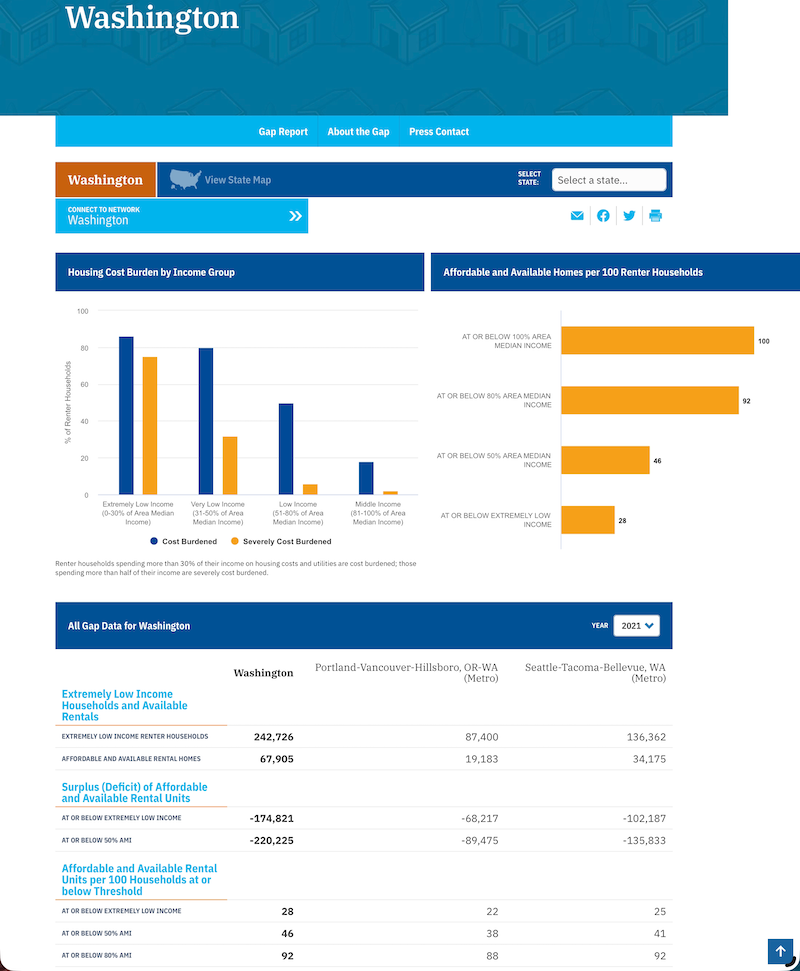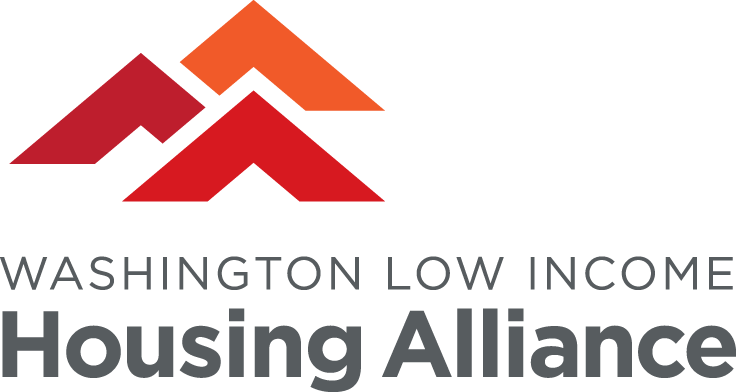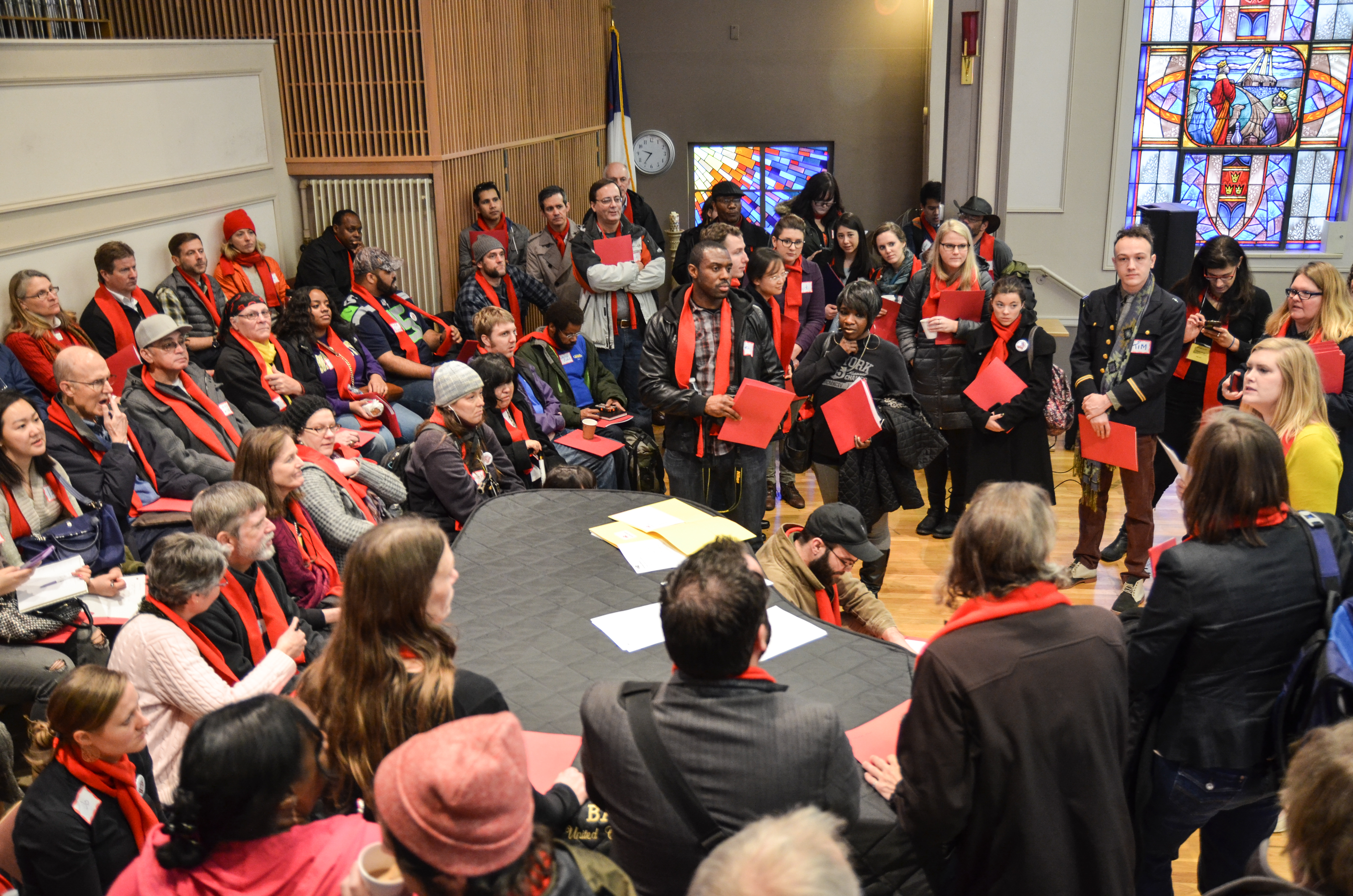Recent Blog Posts
The Gap: A Shortage of Affordable Homes, a new report released today by the National Low Income Housing Coalition (NLIHC) and the Washington Low Income Housing Alliance, finds a national shortage of 7.3 million affordable and available rental homes for extremely low-income renter households – those with incomes at or below the poverty level or 30% of their area median income, whichever is greater. Nationwide, there are just 33 affordable and available rental homes for every 100 extremely low-income renter households. The situation is even more dire in Washington, where there are just 28 affordable homes for every 100 extremely low-income renter households.
The gap between the housing need and access to affordable housing is even greater in the two metro areas in our state included in this report, which shows just 22 homes for every 100 extremely low-income households in the Vancouver area of Southwest Washington, and just 25 homes for every 100 extremely low-income households in the Seattle-Tacoma-Bellevue metro area.

Across the country, 72% of the poorest renter households are severely housing cost-burdened, spending more than half of their incomes on housing, with little left over for other basic necessities.
Every year, The Gap reports on the severe shortage of affordable rental homes available to extremely low-income families and individuals. The new Gap report finds that the economic repercussions of the COVID-19 pandemic, followed by significant rent increases, drastically impacted the supply of affordable and available rental homes, nationally. As households lost income and rental prices increased, the number of extremely low-income households rose, while the number of units affordable to them shrank. Between 2019 and 2021, the shortage of affordable housing for extremely low-income renters worsened by more than half a million units. While rental inflation has cooled going into 2023, extremely low-income renters will continue to face significant barriers to finding and maintaining affordable housing, as their incomes are insufficient to cover even modest rental prices.
In Washington, there are 242,726 extremely low-income households but only 67,905 affordable rental homes available to them. Facing a shortage of 174,821 affordable and available rental homes, 75% of these renters are severely housing cost-burdened.
“Access to affordable housing continues to be a growing crisis in Washington,” said Housing Alliance Executive Director Rachael Myers. ”The Legislature failed to act on limiting rent increases this year, but they can still invest in homes for the lowest-income people. The best way to do that is to pass House Bill 1628 and invest in the Housing Trust Fund. If they fail to do that, they’ve left behind the lowest income households in Washington in this so-called ‘housing session’.”
“As this year’s Gap report makes clear, extremely low-income renters are facing a staggering shortage of affordable and available homes,” said NLIHC President and CEO Diane Yentel. “In the wake of the pandemic, federal housing investments are more critical than ever for sustaining our communities and helping low-income people thrive. Yet House Republicans are now threatening to cut funding for the very programs that provide a lifeline to low-income renters. Balancing the national budget must not be done on the backs of our nation’s lowest-income and most marginalized people and families.”
For additional information, visit: http://nlihc.org/gap. More information about the housing gap in Washington can be found at: https://nlihc.org/gap/state/wa


Add new comment